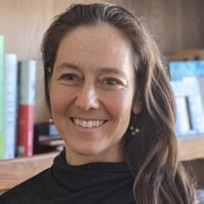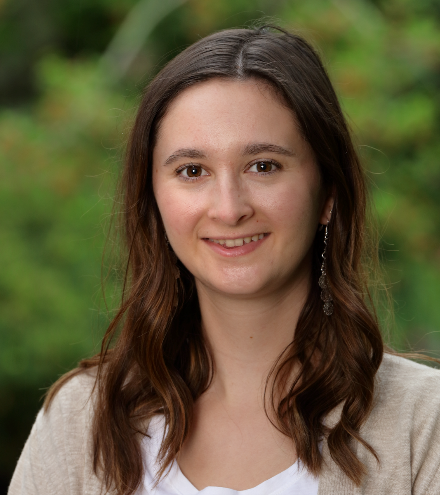This webinar will provide a demonstration of the recently released CONVERGE Positionality in Hazards and Disaster Research and Practice Training Module. This free online resource describes the concept of positionality and highlights how understanding your own positionality–or how your different identities shape your perceptions, interactions, and experiences–can lead to more ethical and methodologically sound disaster work.
If you would like to learn more about this free, online resource, please join us from 10:00 to 10:30 am Mountain Time on March 23, 2023.
This interactive webinar will provide an overview of what positionality means and why it is important for improving hazards and disaster research and practice. The presenters will showcase how you can integrate the training module into your classroom or other work setting. In addition, participants will see how the module functions and be able to view the resources associated with it.
The new module, like the others in the series, concludes with a 10-question quiz. Upon successful completion of the quiz, users receive a certificate, which is worth one contact hour of general management training through the International Association of Emergency Managers (IAEM) certification program.
The CONVERGE Positionality of Hazards and Disaster Research and Practice Training Module—developed with support from the National Science Foundation—is now available via the CONVERGE website. We encourage you to access it as well as the CONVERGE Assignment Bank and Annotated Bibliographies in advance of the webinar.
Please note that this webinar will be recorded and posted on this page after the event. Finally, we ask that you sign up for future events and free resources at the CONVERGE website.




